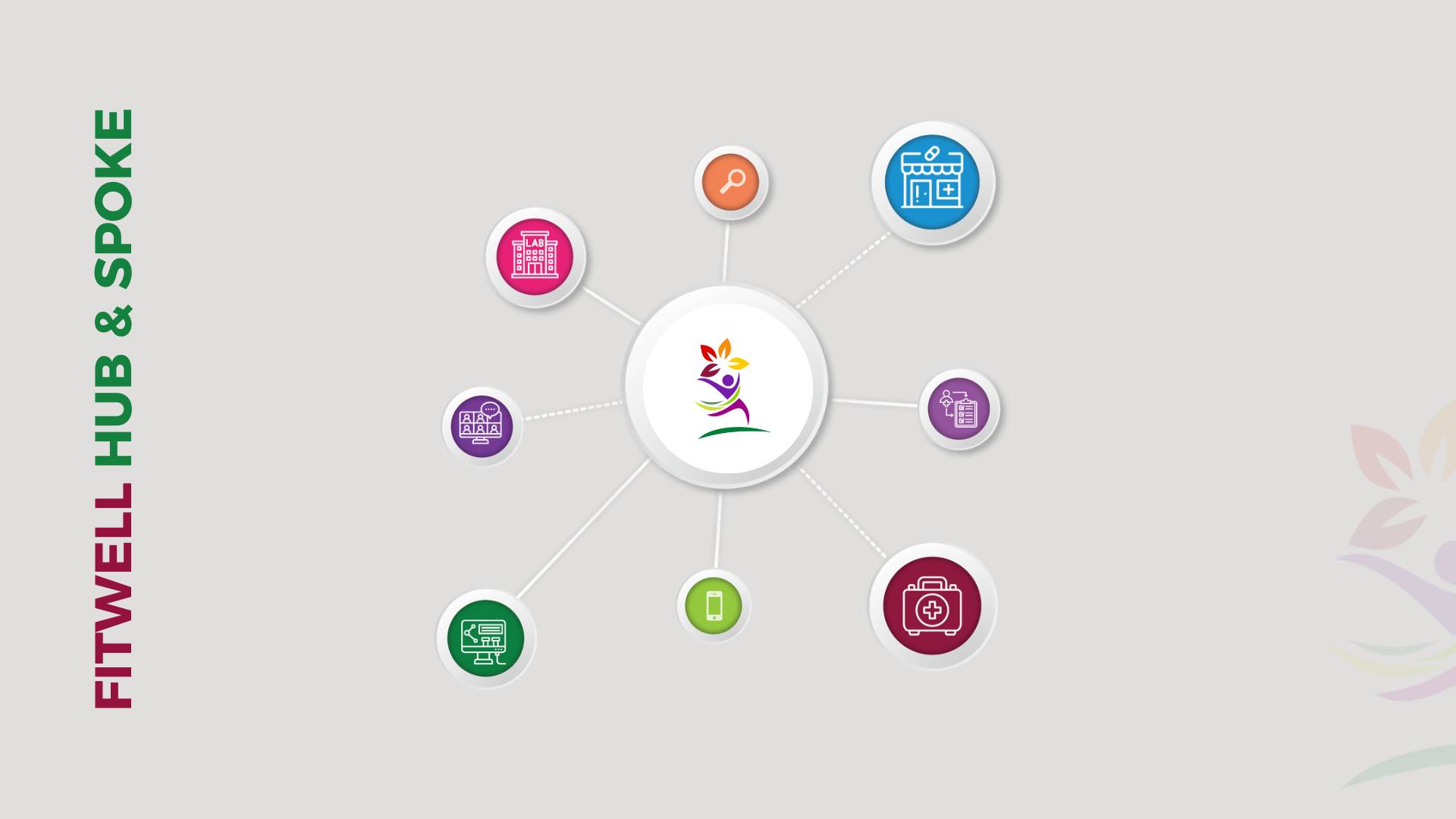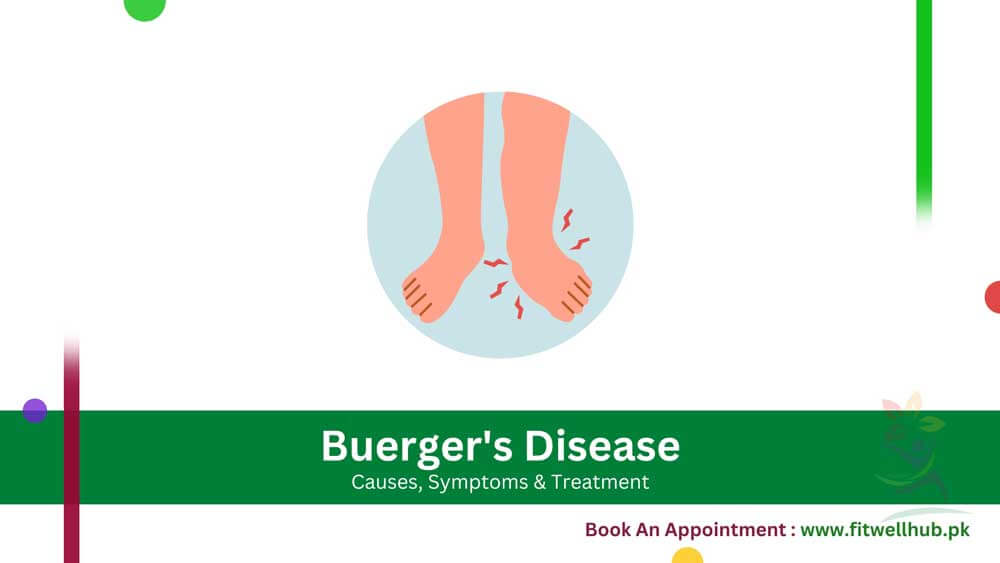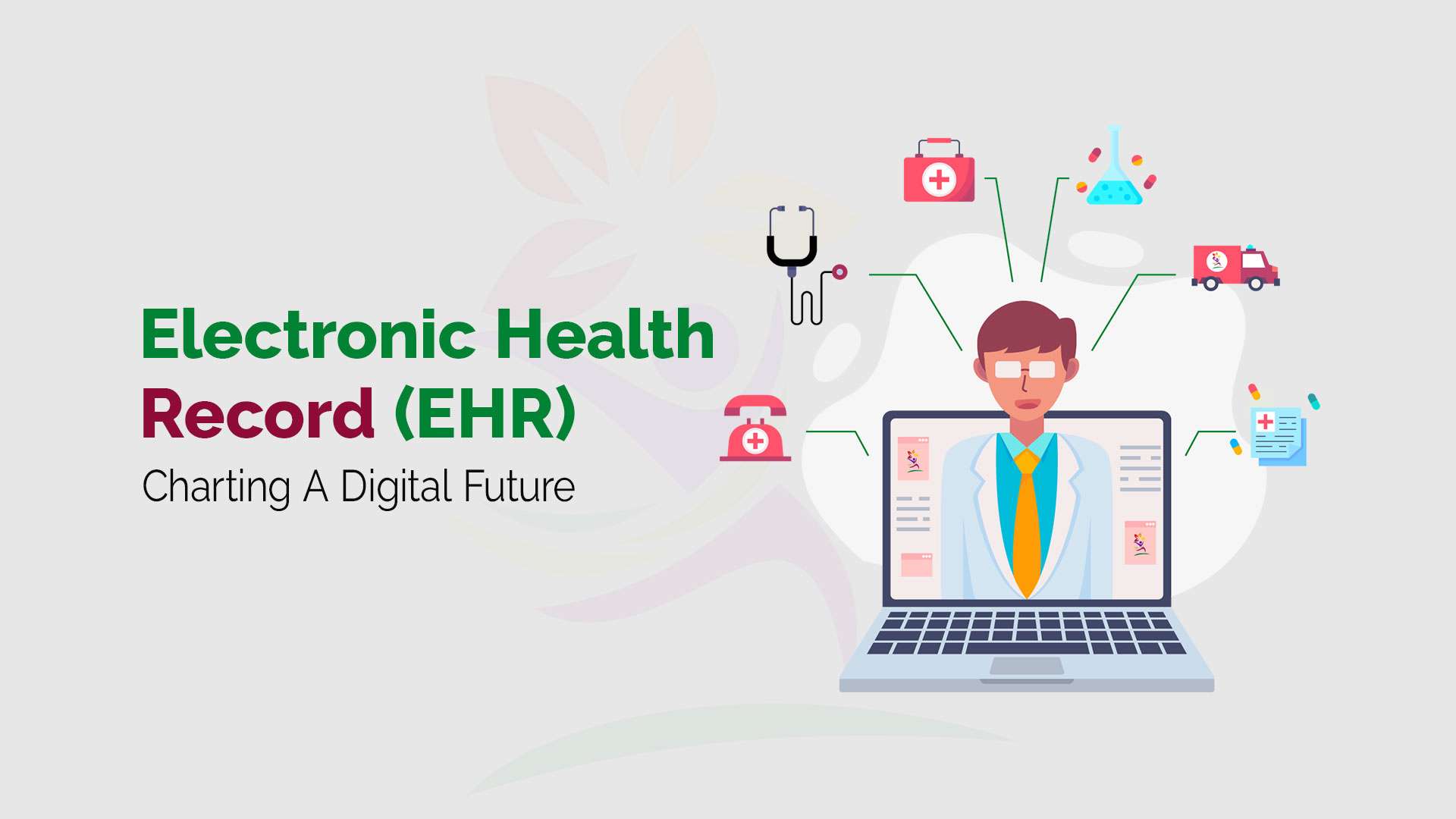A versatile framework used in various industries to streamline operations, organize networks, and improve efficiency by centralizing control at a hub and distributing activities via spokes.
The Hub and Spoke Model is an organizational or networking structure in which multiple entities, known as “Spokes” are primarily linked to a central entity called “Hub”. This idea of collaboration is mainly applied to various industries that want to enhance coordination, optimize operations, and effectively manage their resources.
Examples
In a banking network, smaller branch offices dispersed throughout multiple towns or neighborhoods function as spokes, with the central bank branch acting as the hub. Customers from the surrounding areas at their local branch offices perform routine banking transactions, like deposits, withdrawals, and account queries.
Clients may contact the central bank branch for specialized services like major transactions, investment guidance, or mortgage applications. With the help of this hub-and-spoke model, operations are streamlined, the allocation of resources becomes optimal, and ensure that clients are given access to a wide range of local and central banking services.
Quick Links
ToggleWhat is Hub and Spoke in Healthcare?
The Hub and Spoke elaborates on a system of healthcare in which primary as well as basic healthcare and medical services are provided by small local clinics, i.e., the spokes, while central faculty, i.e., the hub, provide expert medical services.
Large hospitals or clinics with modern equipment and in-depth knowledge are usually part of the hub. For minor illnesses or routine checkups, patients visit where facilities like urgent care centers or primary care clinics are provided.
On the other hand, patients who need specialized care and have critical conditions are recommended to the hub for additional assessment and care.
This approach enhances resource usage throughout the healthcare network, provides better access to specialized services, and promotes collaboration between primary care doctors and specialists.
Hub and Spoke Healthcare Network
Imagine a big hospital right in the middle of town, surrounded by smaller clinics and health centers spread out across the area. That’s a hub and spoke network for healthcare!
The hospital is like the main center, equipped with all the big resources and specialists. The smaller clinics are the spokes, reaching out to neighborhoods and communities. So, if someone needs specialized care or advanced treatments, they might go to the hospital hub. But for routine check-ups or minor issues, they can visit the nearby clinics.
This setup helps make sure everyone can access the care they need, whether they’re in the heart of the city or out in the suburbs. It’s like having a healthcare roadmap that keeps everyone connected and cared for!
What is the difference between hub and hub-and-spoke?
The following five points illustrate how a hub and a hub-and-spoke model differ from one another:
Hub:
- Single Point of Connection: a single point of connection, i.e., a central location where several connections or routes come together. It is a hub because it shares or exchanges information, materials, or services.
- Equal Connectivity: Every entity linked to the hub has equal access and facilities compared to the hub itself. There is no organized hierarchy in the hub, i.e., a very linked entity, and the hub communicates or exchanges information directly without any formalities.
- Limited Redundancy: Connectivity or communication between the linked entities may be disrupted if the hub fails. It makes the hub itself potentially a single point of failure.
- Simple Network Structure: Compared to more complex and complicated models, a hub setup usually has a less complex network structure. Every single linked entity and the central hub must have direct connections.
Hub & spoke:
- Organizational Hierarchy: The hub and spoke model is a hierarchical structure in which several outlying entities, referred to as spokes, are connected to a central hub. The spokes are connected to the hub regardless of their physical connection.
- Centralized Control: The Hub and Spoke model has centralized control. The hub coordinates and controls the movement of information, services, and resources between the hub and the spokes.
- Enhanced Redundancy: The hub-and-spoke approach provides more redundancy than a basic hub setup because losing one spoke does not always affect connectivity between other spokes and the hub.
- Effective Resource Utilization: The hub-and-spoke model effectively utilizes resources by grouping tasks at the central hub and allocating them to the outer spokes as needed.
What is the hub and spoke relationship?
The hub and spoke relationship disclosed on the dynamic interaction and communication between a network’s central hub and peripheral spokes.
With a hub and spoke structure, the central hub acts as the parent entity managing, coordinating, and controlling network activity. It assures that operations are done effectively and that communication flows effectively by facilitating the movement of resources, data, or services between the hub and spokes.
The hub provides the spokes with various services, resources, and support. They depend on the hub to give them access to advanced technology, centralized decision-making, or specialized knowledge. Similar to this, the spokes enable the hub to carry out particular tasks, including expanding its reach all around the world.
Benefits of the Hub and Spoke model in healthcare
The hub and spoke model have numerous benefits in the field of healthcare, that revolutionized the delivery of medical services and improve patient outcomes.
1- Enhanced Access to Specialized Services:
Patients from spoke i.e. from outlying locations or smaller clinics can get specialist care that may not be available locally by consolidating expert medical resources at the hub. It will help patients with complicated or uncommon diseases to get the right care.
2- Optimized Resource Utilization:
The hub and spoke model provides the efficient allocation of resources. Specialized equipment, advanced medical technologies, and highly trained staff can be concentrated at the hub, maximizing their utilization and reducing redundancy across various facilities.
3- Improved Coordination and Continuity of Care:
With a centralized hub overseeing patient care, there is better coordination between primary care providers, specialized doctors, and other healthcare professionals. This encourages and promotes continuity of care, which assures that the patients get consistent treatment plans and follow-up care.
4- Cost-Efficiency:
By distributing routine and specialized services between spokes and the hub, healthcare organizations can optimize their spending. Routine procedures and primary care services can be provided at lower costs in local clinics, while expensive resources at the hub are reserved for cases requiring them.
5- Reduced Patient Travel:
Patients often travel long distances to access specialized medical care. With the hub and spoke model, many routine services can be provided locally, reducing the need for patients to travel for basic medical needs. This saves time and reduces the burden on patients, especially those with limited mobility or financial resources.
6- Streamlined Referral Process:
The hub is a referral center for many complex cases or specialized services. This ensures that patients are directed to the right level of care on time. It also facilitates communication between healthcare providers, reducing delays in treatment.
Fitwell Hub & Spoke Model in Pakistan

Welcome to the FITWELLHUB telemedicine solution in Pakistan, where healthcare is hassle-free. Fitwell hub and spoke method lets you consult with doctors from anywhere. Spoke centers offer glitch-free internet, electronic gadgets, and medical tools for accurate virtual diagnoses.
Say goodbye to waiting rooms – join FITWELLHUB for convenient healthcare today.
About Fitwellhub:
A comprehensive healthcare and wellness solution catering to patients, clinics, pharmacies, and organizations. Smart Clinic Tele Healthcare Solution offers an all-in-one healthcare solution, pioneering innovation and accessibility for practitioners and patients alike.
Here’s a conversion focusing on how the Fitwell Hub-&-Spoke model will assist patients:
| Feature | How Fitwell Hub & Spoke Help Patients |
|---|---|
| Video Consultation | Convenient live video calls allow patients to easily connect with healthcare providers from anywhere through smart kiosks. Works seamlessly on any device, even with poor internet. Multiple camera support ensures accurate medical assessments. |
| Patients Management | Comprehensive patient records ensure all crucial information is securely stored and easily accessible. Patients benefit from organized and efficient care management, with details like medical history, prescriptions, and allergies readily available to healthcare providers. |
| Electronic Prescriptions | Patients receive electronic prescriptions in English or Urdu, eliminating the need for paper prescriptions. This simplifies the process of obtaining medication and ensures prescriptions can be easily retrieved if lost. Particularly beneficial for patients requiring long-term medication management. |
| Multi-User Access | Collaboration between healthcare professionals across different departments ensures patients receive holistic care. Simultaneous access to patient files streamlines processes and reduces wait times, resulting in better-coordinated and more efficient healthcare delivery. |
| Virtual Queue Management | Patients experience streamlined waiting experiences with virtual queue management. Clear token-based systems minimize wait times and eliminate the need for manual queue management, ensuring patients know exactly when it’s their turn. This enhances patient satisfaction and optimizes clinic workflows. |
Conclusion
Fitwell hub and spoke model divides work among spokes and centralizes control at a hub to facilitate effective operations and coordination in healthcare. This hierarchical structure optimizes network performance in various industries through improved scalability and adaptability and improves access to specialized services.
Frequently Asked Questions
A. It’s a network construction with spokes that extends from a central hub.
A. Spokes offer general services and referrals, while the centralized hubs deliver specialized care.
A. A hierarchical structure with centralized control is the one that makes the hub and spoke system different.
A. the model is flexible, enabling easy additions or changes.
A. It improves accessibility and coordination, raising performance levels, feasibility, and effective distribution of resources.











